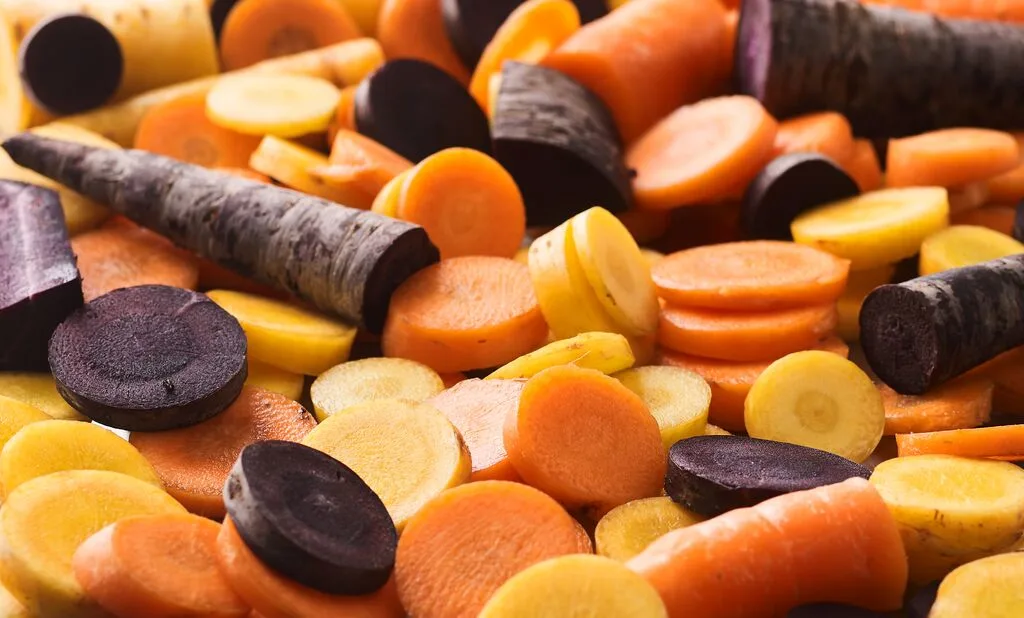Regulatory News | Nov 28. 2022 - 8:52PM
Humanization of pets creating demand for natural colors in pet food
The global pandemic has undoubtedly been a huge driver in the growth of pet ownership, as people sought companionship and entertainment from their pets.
Our expert
Rikke Sakstrup Frandsen
Industry Business Manager: Plant Based
The global pet food market was valued at USD 94.76 billion in 2021 and is expected to continue expanding at a compound annual growth rate (CAGR) of 4.4% from 2022 to 2030. Increasing consumer awareness of natural and organic pet food products has forced manufacturers to shift their focus from synthetic to natural products which have acted as one of the major forces impacting the global market. (Source; Global Pet Food Market Size & Share Report, 2030 (grandviewresearch.com))
The global pandemic has undoubtedly been a huge driver in the growth of pet ownership, as people sought companionship and entertainment from their pets. The space pets gained in our lives has been increasing – and that did not happen without pushing the humanization of pets to a higher level. Nowadays companion animals are no longer only pets, but important members of the family. Pet owners are also increasingly seeing themselves as pet parents.
Pet parents
As parents strive to promote the well-being of their children, pet parents also wish to provide the best care, and balanced, high-quality nutrition for their pets.
Human food is not always fit for our “fur babies”, but as we socialize and we have an enjoyable time with our friends sharing a meal, to some extent, it can be done with our pets as well. This strengthens the bond between us and our pets while matching the family dietary dynamic.
Colors can mimic human food for pets; allowing pet owners to share the same eating experiences and celebrate special occasions such as Birthdays, Halloween, or Valentines with their pets. Those are examples where natural colors enable connection with our pets through shared food experiences.
What is natural?
The use of the term “natural” for feed, is a regulatory challenge in discussion for several years in different markets, as Renato Ribeiro Da Silva, Global Regulatory Affairs Manager at Oterra, explains 'Some definitions exist in major markets, such as the one given by the Association of American Feed Control Officials (AAFCO) in the USA and the European pet food industry trade association (FEDIAF)'.
The USA and European definitions are based on criteria such as the source and manufacturing process of the raw materials, the usage or not of additives, and GMO status. Both references converge when considering natural as a claim eligible for minimally processed products, and diverge in terms of raw material sources, the use or not of additives, and GMOs.
In Oterra, we have a range of US and European pet food-compliant products, suitable for dry, extruded, wet, and treats for pet food. Our colors are sourced from nature, such as orange and black carrots, sweet potato as well as annatto and carmine.
To find out about our products or additional information about the compliance requirements related to nature, feel free to contact us.
We’ll be glad to provide you with the guidance that you need to support conversion or extend your portfolio of products with natural colors.

